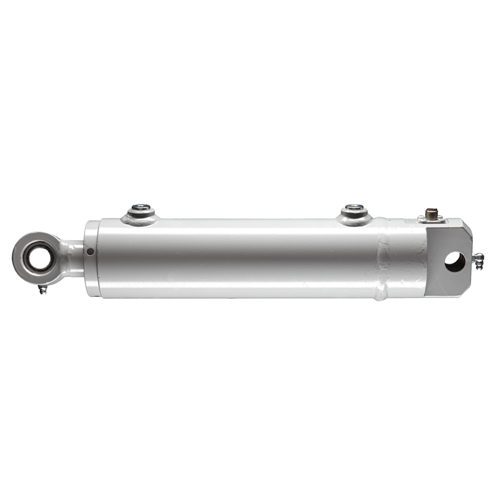A Brief History of Hydraulic Cylinders

Fluid in motion can be a powerful thing which is why it has come to be called fluid power. Water and other fluids have been used as a way to create energy for centuries and have played a very large role in the advancement of civilization all the way up to the present day. Traditionally it was water that powered things by pushing wheels, cogs, and levers. The same basic idea is used today – using pressurized fluid to create energy and motion.
In the mid 1600s a physicist by the name of Pascal discovered that when pressure is put on a liquid that is confined, the force is dispersed equally in all directions and that this force created by the fluid could be harnessed and used. Then, almost a century later Bernoulli used this concept by pressurizing water in mills and pumps. About 60 years layer Bramah got a patent for the first hydraulic press which meant a boom in the industrial revolution where presses and other machines were now being automated.
Through the years it was discovered that water was not the best fluid to be used in hydraulic tools and equipment. Water tended to be corrosive whereas oil was noncorrosive. Besides the fact that it wasn’t corrosive, the oil also had a higher viscosity which meant that it could handle heavier loads, would not evaporate like water, and did not heat up like water did when being used.
Hydraulic cylinders began evolving and in the last 70 years or so we have seen then at work on cranes, moving large objects, in ships, mining and drilling, and in manufacturing plants that produce equipment, products, and tools. Fluid power also offers as much as 10 times the power of an electric motor while being easily controllable.
Contact Best Metal Products today with any questions about our hydraulic cylinders!



